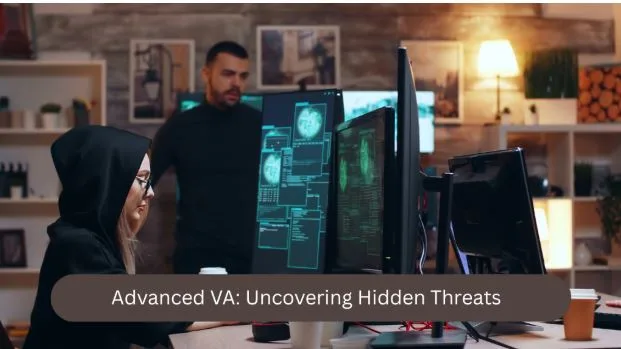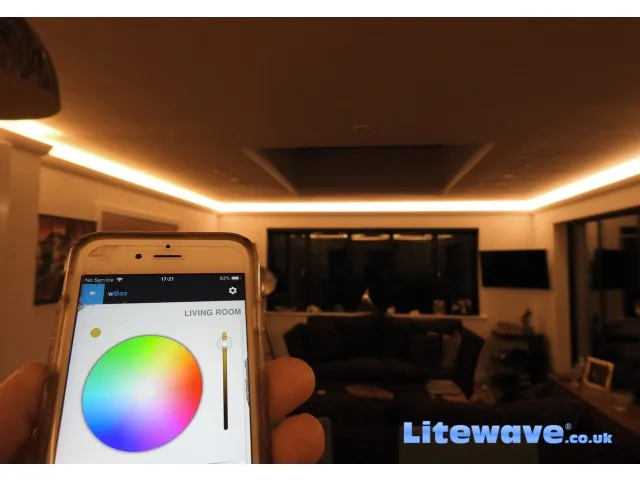Vulnerability Assessment & Penetration Testing (VAPT): Safeguarding Businesses Against Hidden Cyber Threats
Running a modern business today means operating in a world full of opportunities—but also full of risks. From handling customer data to running online transactions, every click and connection can open the door to cyber threats. News about ransomware, phishing, and data breaches has become far too common, and the reality is that attackers are always looking for weaknesses.
This is where VAPT (Vulnerability Assessment and Penetration Testing) steps in. Think of it as hiring ethical hackers who find gaps in your digital environment before criminals do. Instead of waiting for a breach to happen, choosing a professional VAPT Service helps businesses take a proactive approach to cybersecurity.
What is VAPT in Simple Terms?
VAPT is a two-step process:
- Vulnerability Assessment (VA) – This is like running a health check for your IT systems. Automated tools scan your network, applications, and cloud setups to detect weaknesses.
- Penetration Testing (PT) – This goes one step further. Security experts try to exploit those weaknesses in a controlled and legal way, just like real hackers would. The goal is to understand how deep an attacker could go and what damage they might cause.
Together, VAPT provides a full picture of your cybersecurity posture, ensuring nothing is left unnoticed.
Why VAPT is Essential for Modern Businesses
Cyberattacks are no longer random; they are strategic and often targeted. Whether you run a financial company, a healthcare provider, an e-commerce store, or even a government office, your data is a goldmine for attackers.
Here’s why VAPT matters:
- Identifies weak points before hackers can exploit them.
- Protects customer trust by ensuring sensitive data stays secure.
- Supports compliance with regulations like RBI, SEBI, PCI-DSS, HIPAA, and ISO 27001.
- Reduces financial loss from potential breaches.
- Strengthens brand reputation by showing clients and stakeholders that security is a priority.
In simple words, VAPT turns security from a guessing game into a strategic shield.
How VAPT Works in Practice
Imagine your company network as a large office building. A Vulnerability Assessment is like checking all the doors, windows, and locks to see if they are secure. A Penetration Test is when ethical hackers try to break in, using the same tricks real attackers might use.
The process usually includes:
- Information Gathering – Collecting details about your systems, apps, and network.
- Scanning for Vulnerabilities – Automated tools highlight possible flaws.
- Exploitation Attempts – Ethical hackers test if those flaws can actually be exploited.
- Reporting & Remediation – You receive a clear report with a roadmap of what needs to be fixed and how.
This way, businesses don’t just see “what’s wrong” but also “how to fix it.”
Who Needs VAPT the Most?
While every business connected to the internet can benefit, some industries are more at risk:
- Financial institutions (banks, NBFCs, fintechs) – Targets for money theft and fraud.
- Healthcare – Patient data and medical records are highly valuable.
- E-commerce & Retail – Payment data and customer accounts are prime targets.
- Government & Public Services – Sensitive citizen data must remain protected.
- Technology & SaaS companies – Attackers often exploit APIs, cloud apps, and integrations.
For these sectors, VAPT is not just an option—it’s a necessity.
The Business Case for VAPT
Some business leaders hesitate to invest in security because they see it as a cost. But consider the alternatives:
- A single data breach could cost millions in fines, lawsuits, and recovery.
- Loss of customer trust can take years to rebuild—or never recover at all.
- Non-compliance with regulations can mean penalties and restrictions.
Instead of being a cost center, VAPT is a risk-reduction strategy. It saves money in the long run by avoiding damage that could cripple a business.
Real-World Example: How VAPT Saves Businesses
A mid-sized fintech company once believed its systems were secure because no breach had ever happened. When they finally performed a VAPT exercise, testers discovered major flaws in their payment gateway integration. If attackers had found them first, millions of customer records could have been exposed.
Thanks to early detection, the company patched the vulnerabilities, stayed compliant with RBI guidelines, and avoided a potential crisis. That’s the real power of VAPT—catching risks before they become disasters.
How CyberNX Supports Businesses with VAPT
When it comes to implementing VAPT effectively, expertise matters. CyberNX, a CERT-In empaneled cybersecurity company, provides advanced VAPT services tailored for different industries.
Here’s how CyberNX helps:
- Comprehensive Testing across networks, applications, cloud, and APIs.
- Real-World Attack Simulation to mimic the latest hacker techniques.
- Compliance-Ready Reports aligned with RBI, SEBI, ISO 27001, and global standards.
- Actionable Recommendations that prioritize fixes based on risk levels.
By combining automation with human-led analysis, CyberNX ensures businesses are not only tested but also protected with a clear path to resilience. They also have presence in the US and the UAE, helping clients build a strong security posture.
Conclusion
In today’s digital-first world, businesses cannot afford to leave security to chance. VAPT (Vulnerability Assessment and Penetration Testing) provides the visibility and confidence leaders need to stay one step ahead of cybercriminals.
It’s not just about ticking a compliance box—it’s about safeguarding customer trust, protecting sensitive data, and ensuring business continuity.
For organizations that want more than just testing, CyberNX offers a trusted approach to VAPT, turning security from a weak spot into a business advantage.
FAQs
Q1. What is the difference between Vulnerability Assessment and Penetration Testing?
Vulnerability Assessment identifies security weaknesses, while Penetration Testing checks if these weaknesses can actually be exploited by hackers.
Q2. How often should businesses perform VAPT?
Ideally, VAPT should be performed at least once or twice a year, or after any major system update, software change, or infrastructure upgrade.
Q3. Is VAPT necessary for small businesses?
Yes, cybercriminals often target small businesses because they usually have weaker security. VAPT helps them protect sensitive data and build customer trust.
Q4. Does VAPT affect business operations?
No, VAPT is performed in a controlled environment. It is designed to identify risks without disrupting business operations.






